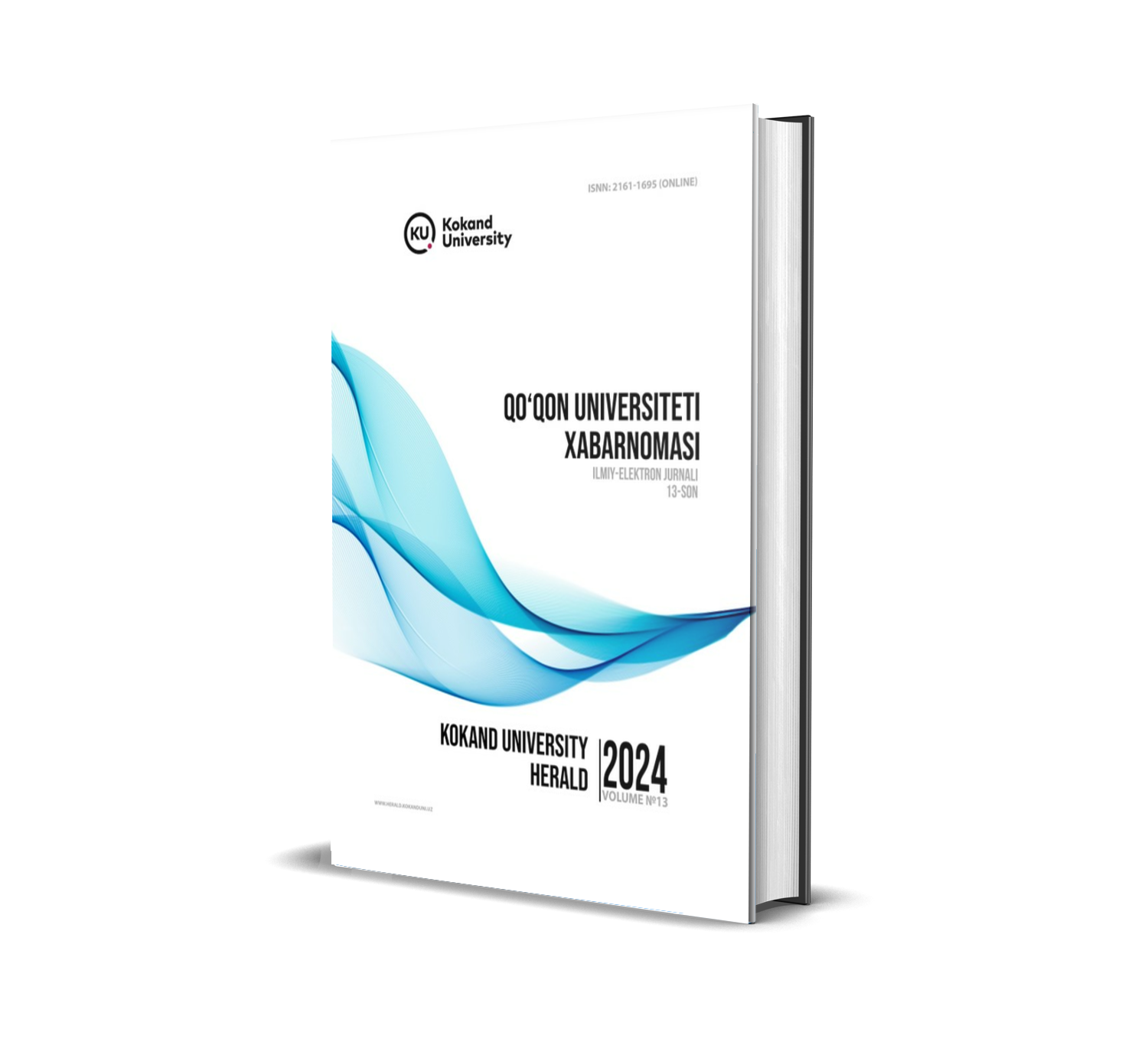LINGUISTIC ANALYSIS OF ORTHOPHONIC AND GRAPHIC CHANGES IN INTERNET DISCOURSE
DOI:
https://doi.org/10.54613/ku.v13i.1097Keywords:
Linguistic analysis, orthophonic changes, graphic changes, Internet discourse, digital communication, language evolution, online language, sociolinguistics, phonetic spelling, abbreviations, emoticons.Abstract
The rapid evolution of digital communication has prompted significant transformations in language use, particularly in Internet discourse. This study explores the linguistic analysis of orthophonic and graphic changes that emerge in online communication platforms. Focusing on the interplay between spoken (orthophonic) and written (graphic) forms, the research examines how new conventions and adaptations arise in response to the dynamics of virtual environments. Key phenomena include the widespread use of abbreviations, emoticons, phonetic spelling, and non-standard punctuation, which blur the boundaries between formal language norms and informal, context-dependent communication. This paper investigates how these alterations reflect broader sociolinguistic trends, such as the influence of multimedia, the need for brevity, and the interactivity of digital spaces. By analyzing online texts from social media, forums, and chat environments, the study offers a comprehensive understanding of how orthophonic and graphic modifications contribute to the shaping of Internet language. The findings provide insights into the ways in which language adapts to technological platforms, challenging traditional linguistic models and offering a new perspective on the fluidity of modern communication practices.
Foydalanilgan adabiyotlar:
Androutsopoulos, J. (2014). Digital discourse: Language in the new media. Oxford University Press.
Baron, N. S. (2008). Always on: Language in an online and mobile world. Oxford University Press.
Crystal, D. (2006). Language and the internet. Cambridge University Press.
David, A., & Kotsinas, U. (2018). Linguistic change in the digital age: A sociolinguistic approach to language in cyberspace. Palgrave Macmillan.
Herring, S. C., & Androutsopoulos, J. (2015). The language of social media: Identity and community on the Internet. Routledge.
Jewitt, C. (2009). The Routledge handbook of multimodal analysis. Routledge.
López, M., & Sánchez, F. (2020). Social media and language change: A corpus-based study on texting and online discourse. Cambridge Scholars Publishing.
McCulloch, G. (2019). Because internet: Understanding the new rules of language. Riverhead Books.
Shifman, L. (2014). Memes in digital culture. MIT Press.
Tagliamonte, S. A. (2016). Teen language in the 21st century: The rise of textisms. Cambridge University Press.
Vokhidova, T. S. (2024). Internet linguistics: a new direction in description internet language. Zamonaviy fan va ta'lim yangiliklari xalqaro ilmiy jurnal, 2(5), 58-63.
Vokhidova, T. (2024). The relevance of using internet resources in teaching english. Zamonaviy fan va ta'lim yangiliklari xalqaro ilmiy jurnal, 2(5), 38-43.
Saidjonovna, V. T. (2024). Linguistic and cultural aspects of internet communication in uzbek. Kokand university research base, 301-307.
Vohidova, T. (2024). Influence of cultural dynamics on the evolution of digital communication. Talqin va tadqiqotlar ilmiy-uslubiy jurnali, 2(56), 201-205.
Elvina Sherefetdinova (2024). Social issues in works of charles dickens. Talqin va tadqiqotlar ilmiy-uslubiy jurnali, 2 (56), 109-112.
Downloads
Published
Iqtiboslik olish
Issue
Section
License
Copyright (c) 2025 QO‘QON UNIVERSITETI XABARNOMASI

This work is licensed under a Creative Commons Attribution 4.0 International License.

